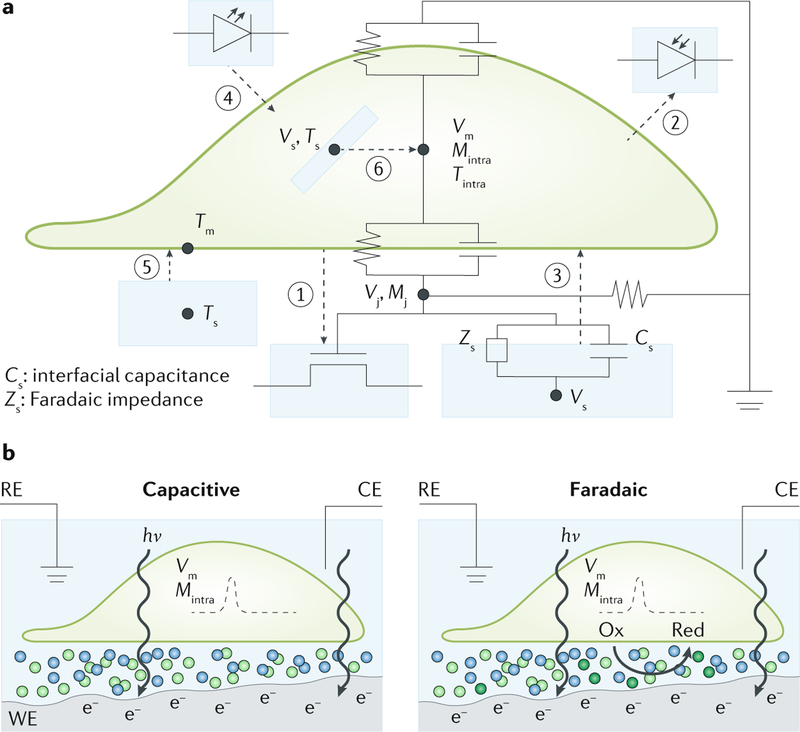Fig. 5 |. Biophysical mechanisms of signal transduction at semiconductor biointerfaces.
a | There are six basic operation modes of semiconductor-enabled biointerfaces. (1) A field-effect transistor can sense device-cell junctional bioelectric signals (Vj) and biomolecule concentrations (Mj) through its gate-controlled drain-source currents. (2) A photodiode can sense bioluminescence. (3) The photovoltaic effect of a semiconductor can generate a photovoltage (Vs) upon light illumination, which can locally modulate biological activities through either capacitive (Cs) or Faradaic (Zs) effects. (4) Cells can be stimulated by direct light emission using semiconductors in conjunction with other photosensitization techniques, such as optogenetics. (5) Recombination of photogenerated carriers in a semiconductor can dissipate energies through lattice-vibration-induced heating (Ts) and increase the temperature (Tm) of the cell membrane to modulate biological activities. (6) A nanoscale semiconductor can exhibit either photoelectrochemical or photothermal effect inside a cell to change the intracellular potential (Vm), the intracellular concentration of biomolecules (Mintra) and the intracellular temperature (Tintra). b | Light-induced capacitive and Faradaic effects from semiconductor surfaces. Upon light illumination, excessive charge carriers (for example, electrons) accumulate near the semiconductor surface. Subsequently, the charge imbalance at the semiconductor-electrolyte interface triggers counterions (light-green spheres) in the electrolyte to migrate to the electrode surface. Inhibition of the charge injection causes the ionic flow to charge only the Helmholtz double layer, resulting in a transient capacitive current. If charges are injected into the solution, light-produced electrons and holes cause the photoelectrochemical reduction (Red) or oxidation (Ox) of solution species (dark-green spheres), that is, cathodic or anodic reactions. In both cases, the transmembrane potentials of local cell membranes (Vm) and/or concentration of biomolecules (Mintra) can be altered. WE, CE and RE are working, counter and reference electrodes, respectively, and they are not always required for biointerface studies. The blue, light-green and dark-green spheres represent ions or molecules at the biointerface, but their size and location are not to scale. hv, photon energy.

